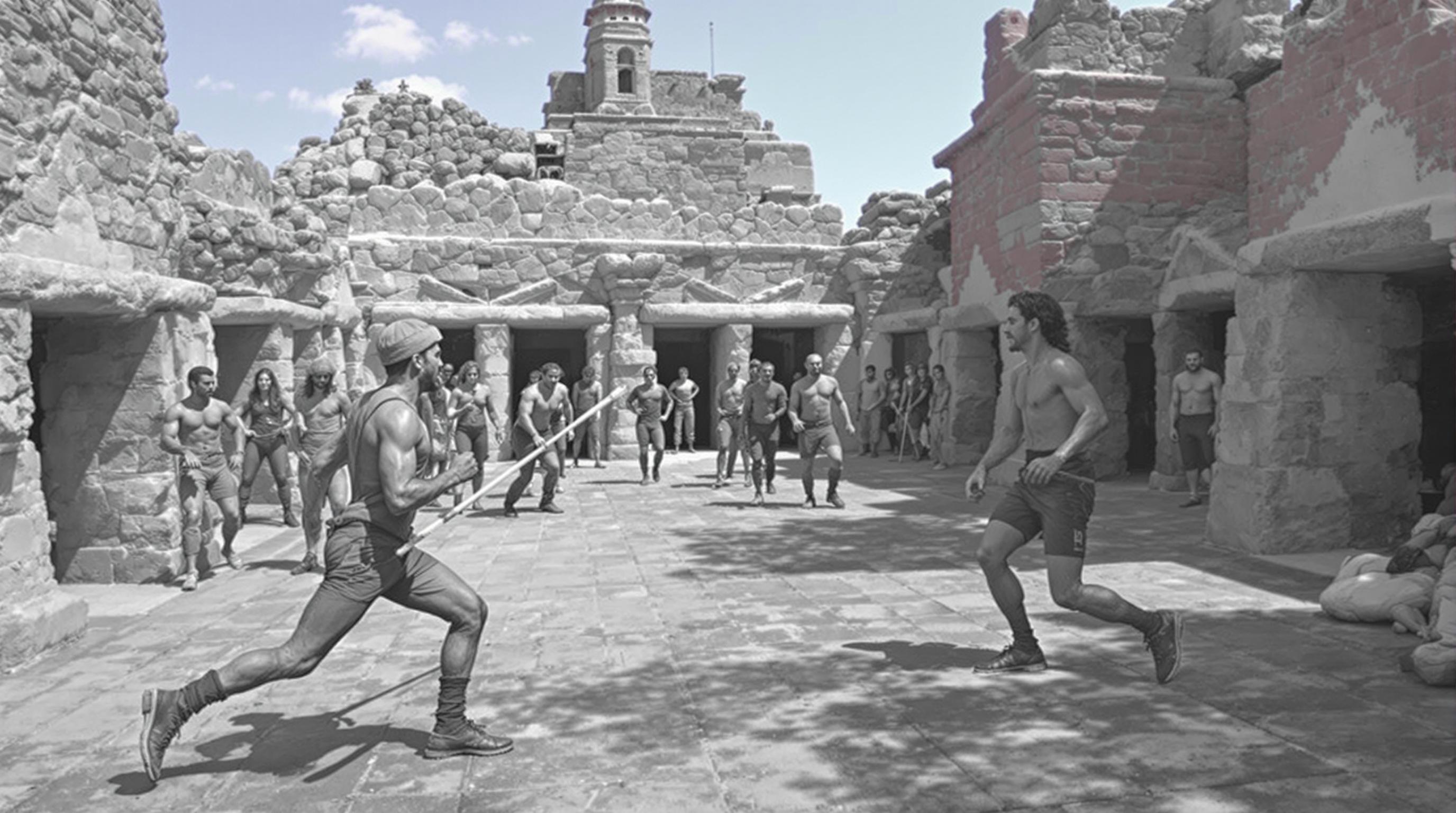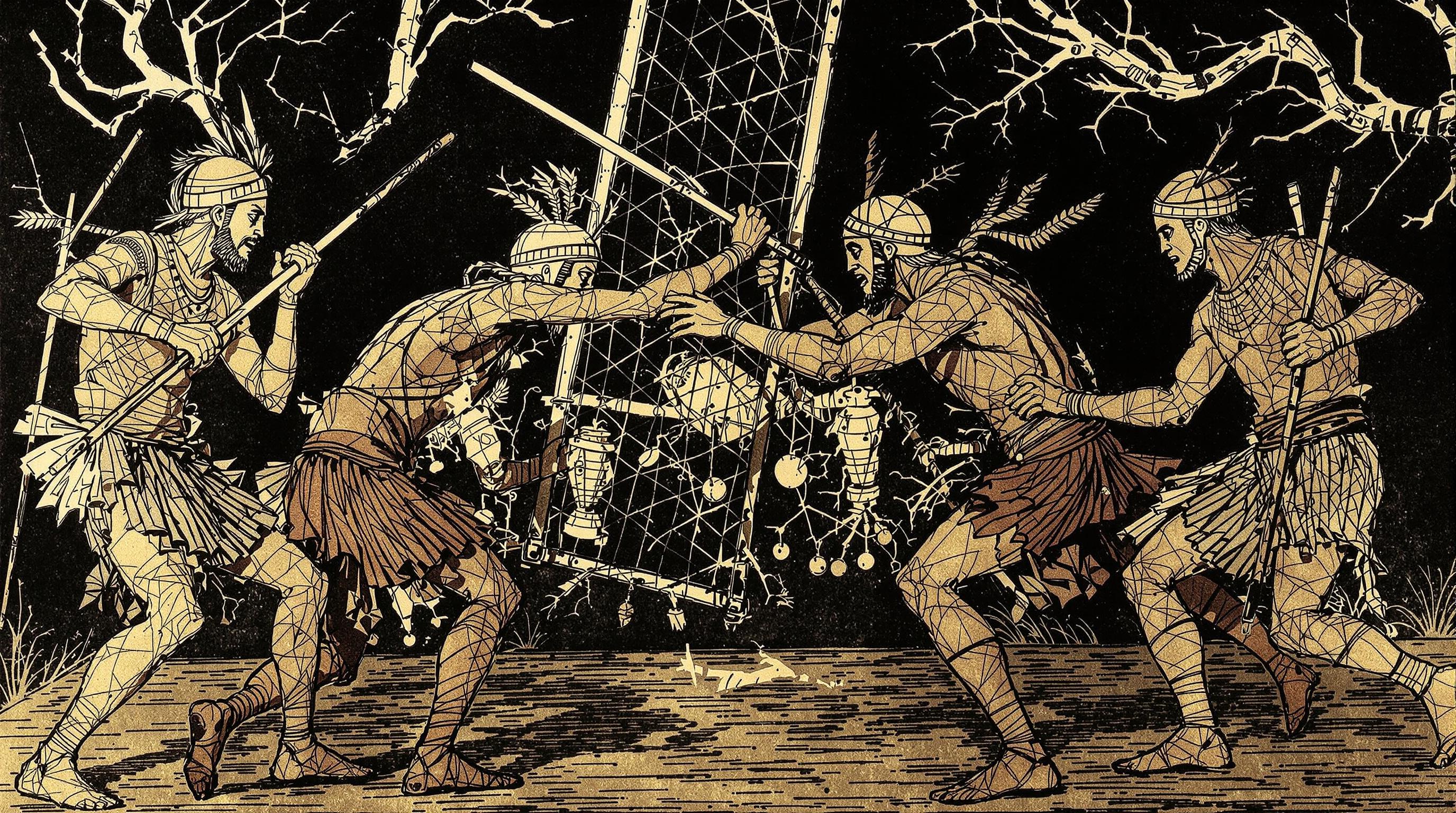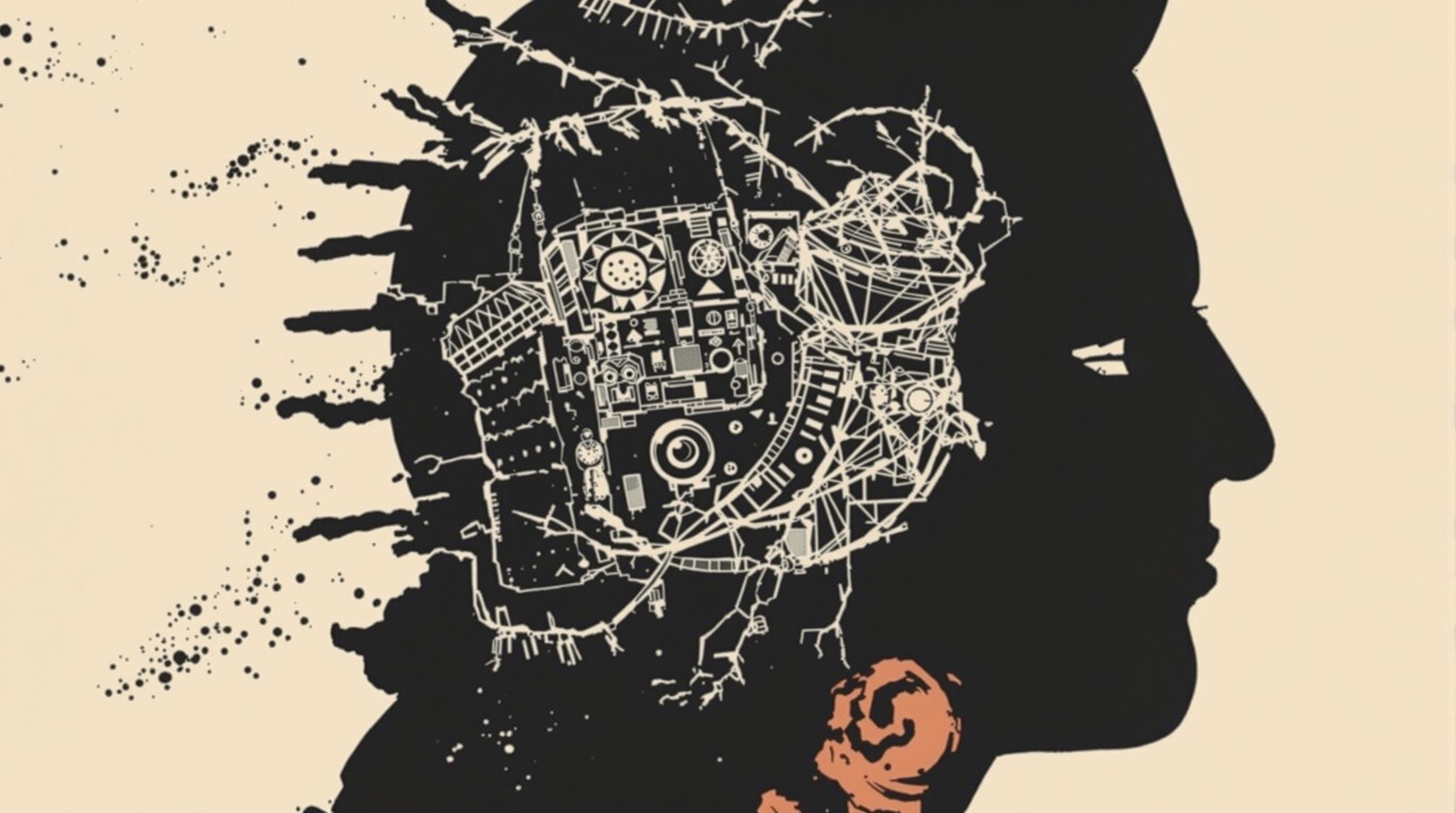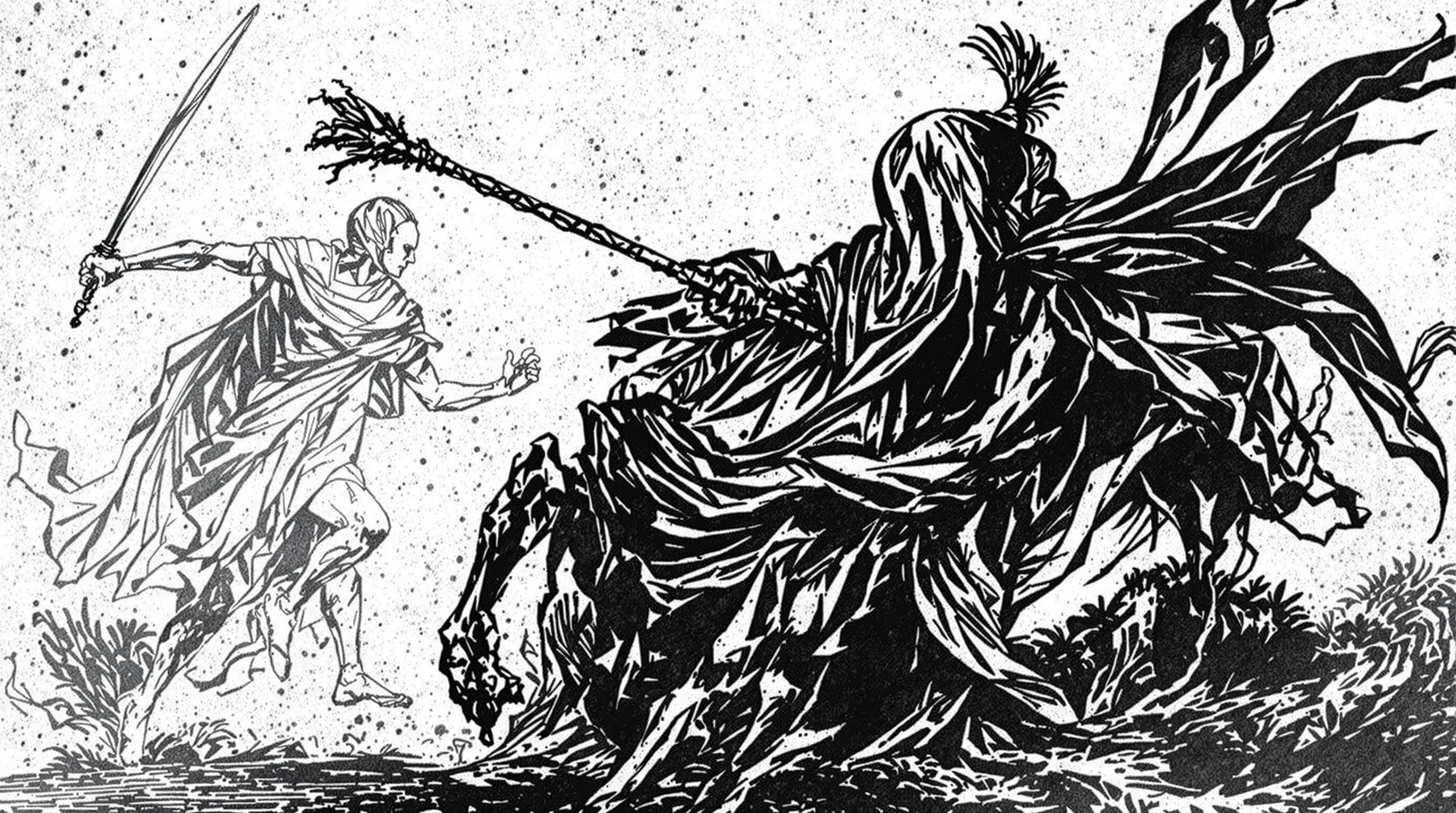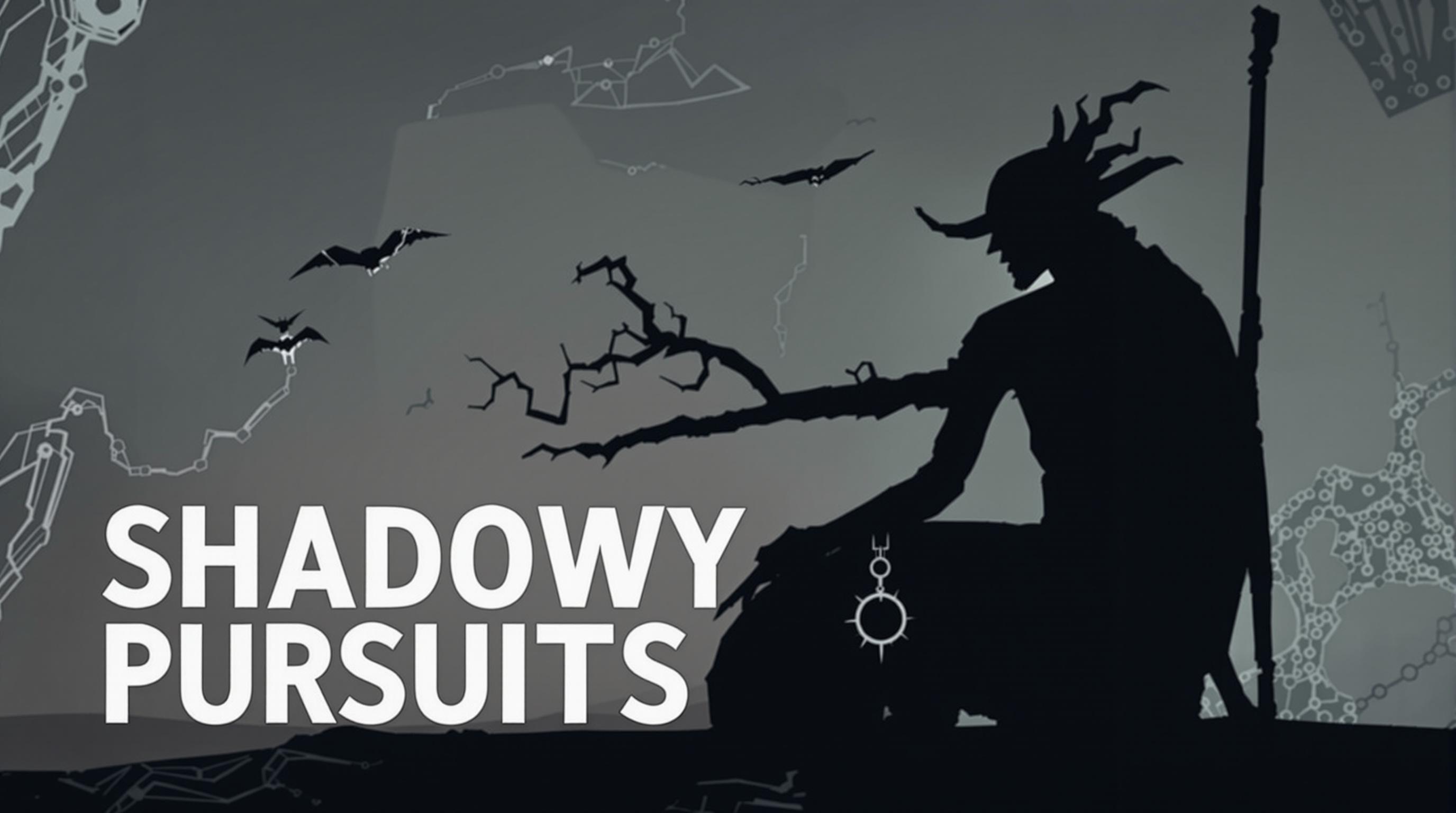Related Articles
- Sporting Rituals: The Curious Connections Between Athletic Events and Ancient Traditions of Worship and Community Bonding
- Game On: The Surprising Influence of Sports on Fashion Trends and Personal Identity in Youth Culture
- Rituals and Rites: How Competitive Sports Influence Cultural Practices in Spiritual and Indigenous Communities
- Sports as Social Glue: Examining the Bond Between Athletic Rivalries and Neighborhood Integration
- Spectacles of Strife: How Weather Patterns Disrupted Historic Sports Events and Changed Athletes' Fortunes
- Bizarre Beginnings: The Unwritten Rules of Quirky Sports and Their Role in Shaping Modern Athletics
Bizarre Competitions: How Ancient Games Reflect Cultural Values and Social Structures in Forgotten Civilizations
Bizarre Competitions: How Ancient Games Reflect Cultural Values and Social Structures in Forgotten Civilizations
Throughout history, bizarre competitions have offered fascinating insights into the cultural values and social structures of forgotten civilizations. By examining ancient games, we can peel back the layers of time and uncover the underlying beliefs and challenges that shaped societies long gone.
A View from the Trenches: The Gladiatorial Games of Rome
Imagine yourself in ancient Rome, standing awestruck among a crowd of thousands, sweat mixing with the dirt of the Colosseum as cheers erupt. Gladiators clash in violent displays of physical prowess, but beyond the blood and spectacle lies the soul of a civilization that held honor and bravery in the highest regard.
In Rome, these gladiatorial games were more than mere entertainment. They were a way for the elite to assert control over the masses, while also serving as a grim reminder of mortality and the glory of sacrifice. Gladiators, often enslaved individuals, became symbols of valor, embodying the complex dynamics between freedom, subjugation, and societal expectation. According to scholar Christopher J. Fuhrmann, approximately 90% of gladiators were slaves or condemned criminals, reflecting the harsh realities of Roman life (Fuhrmann, 2014).
Taking the Plunge: The Forgotten Sport of Fish Wrestling
Picture this: a muddy pond, a squirming mass of scales and fins, and the challenge to pin a slippery fish to the ground. Welcome to the utterly bizarre world of fish wrestling, practiced centuries ago in regions ranging from Japan to the coastal villages of ancient Europe. This unusual competition wasn't just for laughs—it was a test of hunter-gatherer agility and strength!
In ancient Japan, for instance, fish wrestling was more than a quirky pastime; it was a method of bonding for communities dependent on the sea. The way a person wrestled their catch often illustrated their adaptability, resourcefulness, and connection to nature. Is it any wonder that these contests represented a deep-seated cultural identity rooted in the relationships between humans and the environment?
High and Inexplicable: The Tradition of Cheese Rolling
Speaking of peculiar competitions, let’s not overlook the famous cheese rolling event in Gloucestershire, England. Every year, people chase a wheel of Double Gloucester cheese down a steep hill, often resulting in sprains, bruises, and piquant laughter. It appears absurd, yet this deceptively simple competition mirrors historical values around community, rural life, and perhaps even a healthy dose of rebellion against the norms of adulthood.
This practice likely dates back to the early 19th century and is believed to celebrate the start of summer and the bountiful harvest. The festive atmosphere encourages camaraderie while hinting at how ancient folk may have used competitions to nourish community ties, indirectly shaping social structures around shared goals and rituals.
The Spirited Games of the Mesoamerican Ballgame
Leaping into the Mesoamerican region, we find the sacred ballgame played by civilizations like the Maya and Aztecs. Players hurled a rubber ball against a stone hoop using only their hips, and let’s just say this was serious business. Losers were often sacrificed to the gods—a clear display of how intertwined sport and spirituality were in these ancient societies.
According to historian Allen J. Christenson, this game was a critical part of Mesoamerican cultures, offering insight into their cosmology and the dualities of life and death, struggle and harmony (Christenson, 2007). More than just a sport, it was a ritual that reinforced social hierarchies and religious ideologies, illustrating how cultures often embed profound meaning within their games.
The Peculiarities of Wombat Racing in Australia
Let's hop continents and head to Australia, where a less-known competition was all the rage: wombat racing. Yes, you read that right! This peculiar event took place in the 19th century, showcasing not just the native wildlife but also the playful spirit and sense of competition that characterized Australian social life during that era.
Amazingly, records show that spectators flocked to these races, driven by sheer curiosity and community bonding. Wombat racing can serve as an excellent case study for anthropologists looking to explore how colonial societies adapted local customs and produced new forms of leisure that reflected both respect for indigenous culture and a penchant for the bizarre.
The Debate: What Bizarre Competitions Tell Us About Society
Now, let’s engage in a bit of a debate. Are these bizarre competitions merely unique entertainment, or do they reflect deeper social structures? It seems hard to argue against the latter when one considers the implications of any culture's games. As noted anthropologist Victor Turner stated, “Rituals are performances that do not merely reflect social structures but also produce and transform them” (Turner, 1982).
This transformative power is particularly evident in ancient games, where a simple contest could solidify power dynamics, forge communal identities, and engage spiritual beliefs. From gladiators in Rome to fish wrestling in coastal Japan, every odd game holds the potential to reinterpret how societies understand hierarchies and relationships.
The Allure of the Absurd: Humor in Ancient Competitions
Speaking of transforming society, let’s not lose sight of the humor found in the bizarre. After all, laughter is a great unifier! Competitions such as 'ladder climbing' for the annual watermelon festival in the United States—even if they’re modern inventions—echo a primal need to embrace absurdity within structure.
For instance, did you know there’s a festival in Spain where people race while wearing giant costumes? It draws crowds that seem almost as jovial as they are bewildered. When viewed through a cultural lens, the humor and lightheartedness invades traditional notions of competition, proving that societies have long understood the value of joy as a social adhesive.
From Fun to Fables: Cultural Narratives in Games
As we delve deeper into these bizarre competitions, let's not overlook another essential layer: storytelling. Games have historically been tied to narratives that reinforce cultural values. The ancient Romans created myths around their gladiators; in Mesoamerica, the ballgame's outcome was interwoven with cosmic tales that showcased dualities in life and death.
These narratives provide context that enhances our understanding of what games meant in their societies. It allows us to reconnect with the cultures that created them and understand the values they cherished. For instance, the many stories surrounding the Greek Olympics often centered around honor and the idea of bringing glory to one’s city-state (Simon, 2004).
Stats and Figures: The Scope of Competition
Did you know that the ancient Olympian games had an estimated participation of around 2,000 athletes—even though they were exclusively male? In clarity, that's quite a number for a polytheistic society resting upon notions of excellence and athleticism (Golden, 2004). These figures force us to recognize that even in competition, social structures dictated who could engage, an echo of persistent societal norms.
The Legacy of Bizarre Competitions
In examining bizarre competitions, we find a historical narrative that reflects broader societal values. Whether it’s the gruesome gladiatorial arenas or the light-heartedness of cheese rolling, these competitions cast a long shadow over our modern perceptions of sports and societal engagement. They compel us to ask: what traditions have we carried forward, and which have fallen away?
Moreover, as modern societies continue to evolve, the importance of competition remains paramount. It may manifest in different forms today—like fantasy sports leagues or elaborate obstacle courses—but the fundamental need for community, identity, and collaboration remains as relevant as ever.
Final Thoughts: Why These Lessons Matter
Deconstructing bizarre competitions serves as a window into how ancient societies operated while allowing us to reflect on our own cultural values. As we gaze back at these ancient games, we realize they are not merely relics, but teachers of human nature itself—inviting us to question how we communicate our values and beliefs through the joys of competition.
Let’s grab our metaphorical cheese and roll it down the hill of history; let’s be reminded that in the world of bizarre competitions, one can find more than just oddity—but the essence of being human, the relation to our communities, and the social structures that bind us across time. So, here’s to bizarre competitions: may they continue to inspire and challenge us for centuries to come!
